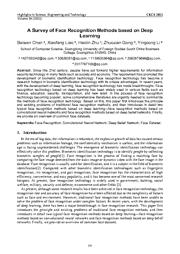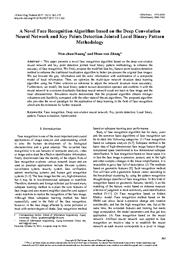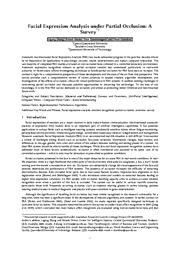Age of acquisition effects in adult lexical processing reflect loss of plasticity in maturing systems: Insights from connectionist networks
Andrew W. Ellis, Matthew A. Lambon Ralph
2000
Journal of Experimental Psychology. Learning, Memory and Cognition
Analysis of hidden unit activations indicated that the age of acquisition effect reflects a gradual reduction in network plasticity and a consequent failure to differentiate late items as effectively as ...
Further simulations examined the effects of vocabulary size, learning rate, sparseness of coding, use of a modified learning algorithm, loss of early items, acquisition of very late items, and lesioning ...
Age of Acquisition and Pattern Differentiation at the Hidden Units (Simulation 6) Two sets of 50 input-output patterns (A and B) were used for this analysis. ...
doi:10.1037/0278-7393.26.5.1103
fatcat:yzroatmsdba7jga2nuvirk4tmy














